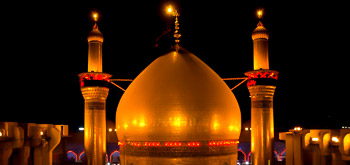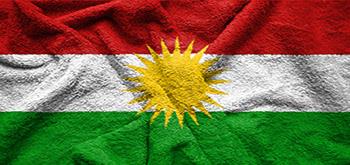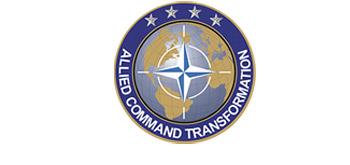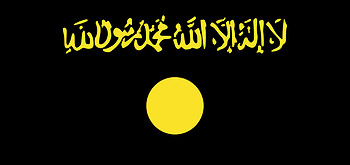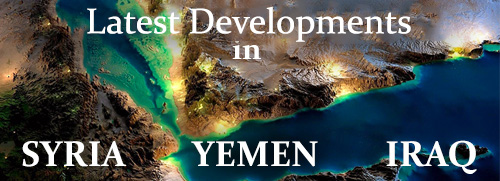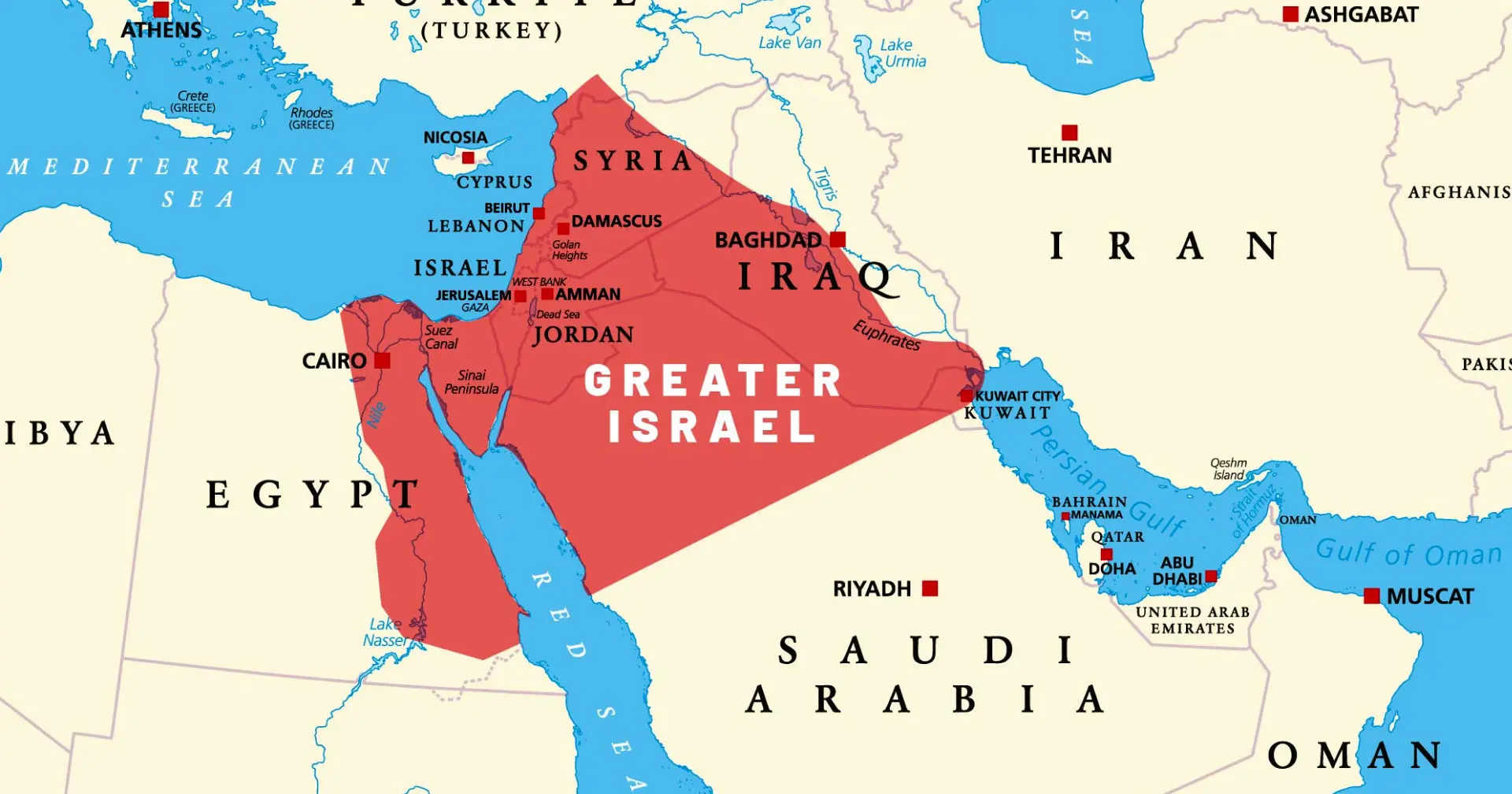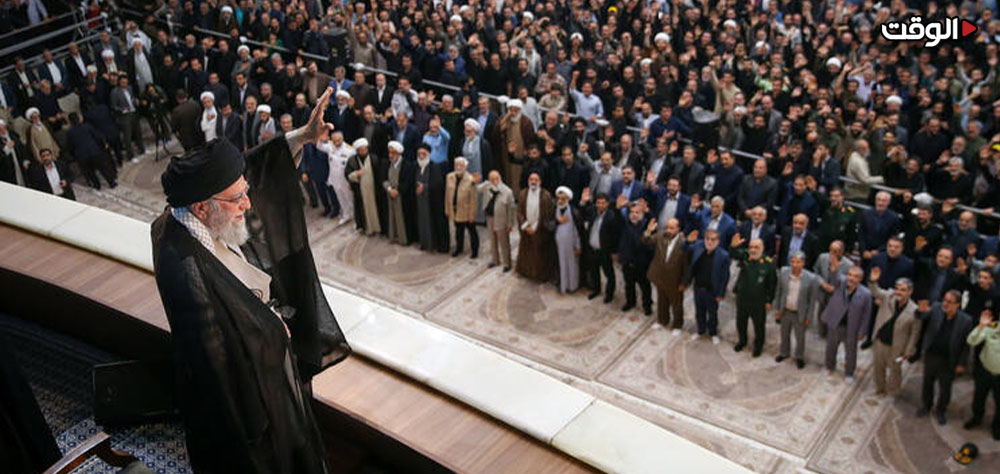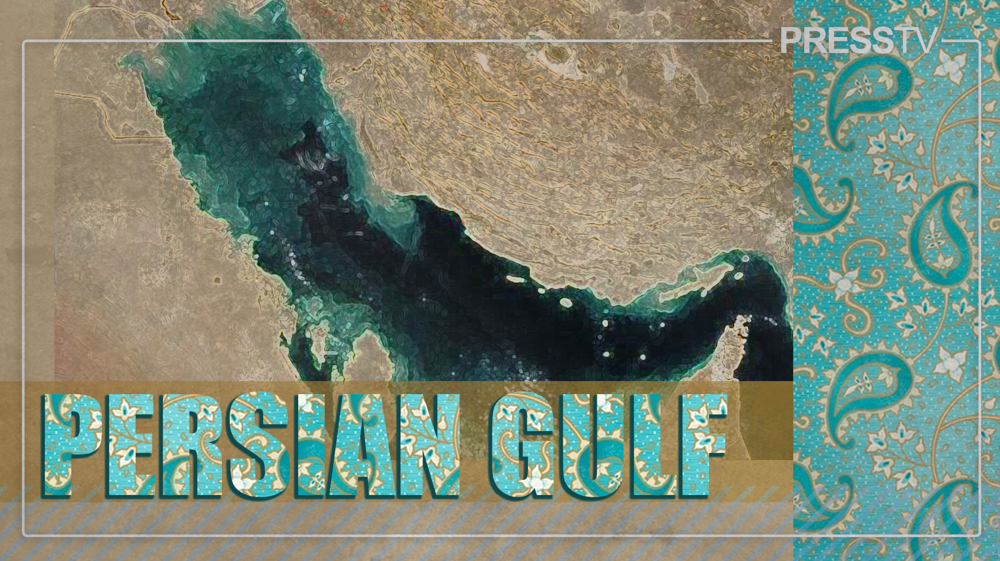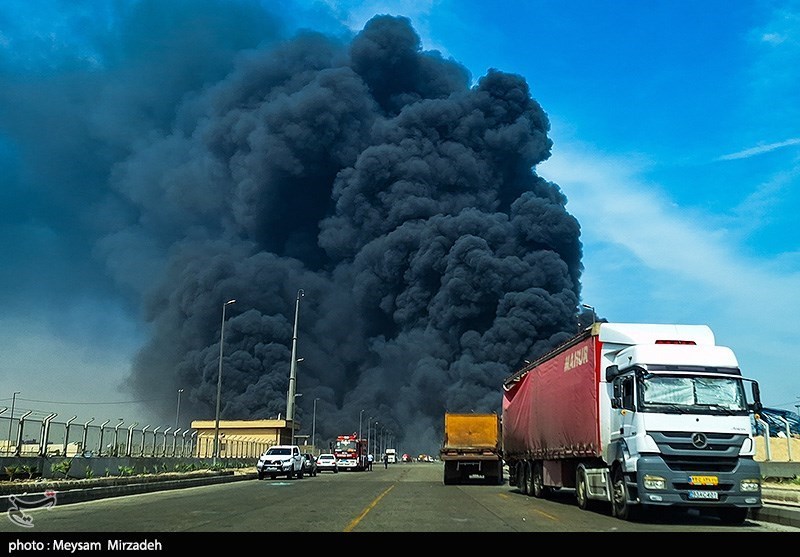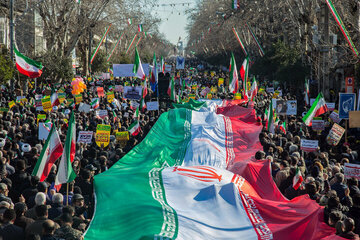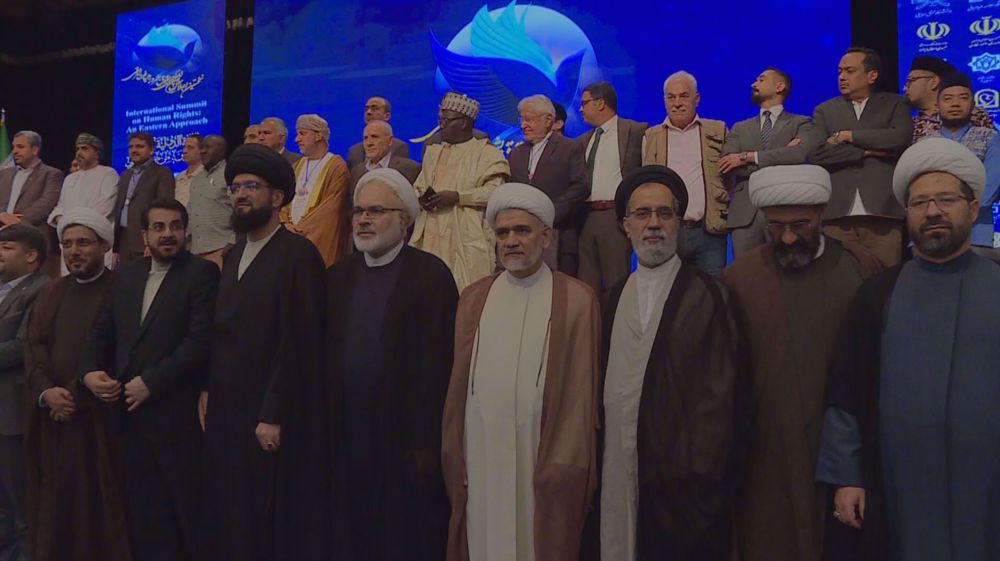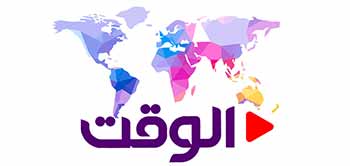Alwaght- While the Israeli war machine is massacring the Palestinians in Gaza with brutal attacks and the world community is calling for immediate end to this genocidal war, hardline leaders in Tel Aviv in defiance of the international outcries are seizing the opportunity and insisting on advancing their old and ideological plans.
So, the Greater Israel project that was recently mentioned by the Israeli Prime Minister Benjamin Netanyahu these days is making a heated political debate. This project not only threatens Palestinian security outlook, but also challenges the stability and balance of power in West Asia region.
For a deeper understanding of the issue, we need to look at the history of this ideological project to get a clear picture of what the Zionists were envisioning since the beginning.
The Greater Israel dream
The idea of a “Greater Israel” has long circulated in political and historical discourse, referring to visions of Israeli borders stretching well beyond today’s map. The concept, often linked to biblical narratives in the Torah, imagines territory extending from parts of Egypt to Syria, Jordan, and Lebanon.
Its roots are a mix of ideology, religion, politics, and strategy. In the Book of Genesis, the land promised to the Israelites is described as stretching “from the River of Egypt to the Euphrates.” For centuries, that vision remained largely a theological idea. But with the rise of political Zionism in the late 19th century, the notion began to acquire a sharper territorial and geopolitical edge.
Theodor Herzl, widely regarded as the father of modern political Zionism, articulated that vision in sweeping terms: the “Promised Land,” he wrote, spanned across seven nations, from the Nile to the Euphrates—north to the plains of Taurus and the headwaters of the Murat River in Turkey, and south to the Gulf of Aqaba and Basra. For Herzl, this was not simply aspiration but, as he put it, a “covenant” that could not be abandoned.
The early architects of Zionism sought to establish a national home for Jews in the historic land of Israel. Initially rooted in the spiritual notion of a “holy land,” the idea gained political momentum after Britain’s 1917 Balfour Declaration, which endorsed “a national home for the Jewish people” in Palestine. Among Zionist factions, especially those on the right, that declaration was interpreted as a mandate not just for statehood but potentially for territorial expansion into what they viewed as the “historic Jewish homeland.”
Following World War I and the increased migration of Jews to Palestine, some Zionist leaders kept the idea alive. Ze’ev Jabotinsky, a leading revisionist Zionist between the 1920s and 1940s, argued that both Palestine and Transjordan were “integral parts” of the Land of Israel.
When Israel was founded in 1948, however, its borders were defined not by Greater Israel dream but by wars and armistice lines. Initial leaders like prime minister, David Ben-Gurion, prioritized the survival and international recognition of the new state over any territorial expansion.
So, in this period, the Greater Israel idea was pushed to the sidelines as an ideological aspiration. However, Ben-Gurion had a prominent word: "Israel's borders are where our army can hold them." These words indicated an look for unlimited borders.
While not officially pursued in the first decade of the Israeli regime's foundation, the concept of a Greater Israel was kept alive in the ideology of right-wing Zionists. The Arab-Israeli wars enabled Zionists to seize parts of neighboring territories. The most significant development was the 1967 Six-Day War, which brought the West Bank, Gaza Strip, Golan Heights, and the Sinai Peninsula under Israeli control.
This military achievement revitalized the idea of a "Biblical Land of Israel." Religious Zionist groups, such as the Gush Emunim movement, began to assert that returning to Judea and Samaria (the West Bank) was part of the Israeli regime's historical mission.
Over time, Tel Aviv's leaders have adapted their stated vision of the occupied territories' borders in response to global developments. Former Prime Minister Menachem Begin stated in 1977 that the "Land of Israel," as predicted in the Torah, should include Iraq, Syria, Turkey, Saudi Arabia, Egypt, Sudan, Lebanon, Jordan, and Kuwait.
Although the "Greater Israel" idea was officially shelved following the return of the Sinai to Egypt under the Camp David Accords, the acceptance of a two-state principle with the Oslo Accords, and the military's disengagement from Gaza, it was seriously revived with Benjamin Netanyahu's return to power in 2008.
Netanyahu has repeatedly stated that "no army but the Israeli army should be between the Jordan River and the Mediterranean Sea." In 2020, he formally proposed annexing parts of the West Bank and has been incrementally advancing this project despite international opposition. In recent decades, right-wing parties like Likud and various Israeli governments have implicitly or explicitly promoted the Greater Israel vision, though in practice, it has been constrained by international considerations and global pressure.
Whereas the regime's early leaders lacked the regional standing to seriously pursue the project, the passage of time and geopolitical shifts in West Asia have breathed new life into this Israeli aspiration.
In the past two years, coinciding with the war in Gaza, the scenario of a Greater Israel has moved to the center of radical agendas more than ever before. Netanyahu and his cabinet's hardline ministers have frequently stressed this goal. Even the maps he has presented at international forums, including the United Nations, are based on this concept.
In reality, contrary to the optimistic assumptions of pro-compromise Arab countries, the normalization of relations with Tel Aviv will not end the territorial threats posed by Zionism to Arab nations. Instead, it serves as a vehicle for strategic infiltration into Arab capitals, allowing it to closely monitor activities, identify vulnerabilities, and, when the opportunity is ripe, execute its expansionist plans.
Greater Israel the same as Greater Middle East plan of the US
As the time passes by, we can see clearly that the US and Israeli have actually coordinated their West Asian policies and actually the Greater Israel is the same as realization of the US's Greater Middle East plan. This plan establishes Israel as the undisputed regional power and weakens and destabilizes Muslim from Egypt to Iran in order to protect the security occupied territories.
Former US Secretary of State Condoleezza Rice, the chief architect of the Greater Middle East initiative, once highlighted its significance by stating, "we will redraw the map of the 22 Muslim countries." The concept of a Greater Israel has since evolved, its dimensions expanding to a point where its borders closely align with those proposed for the Greater Middle East. These revised frontiers no longer bear any resemblance to the biblical Promised Land described in the Torah, having shed their religious framework to become an expansionist program in service of US hegemony.
Backed by Washington's support, Israel leaders vigorously pursued their project following the introduction of this American strategy. The Arab Spring, which served to weaken regional states, is viewed by some analysts as part of a broader Israeli-Western campaign to enhance the security of the Israeli regime and pave the way for renewed occupation.
The election of Donald Trump and the profound influence of Evangelicals on White House regional policy—particularly their unconditional backing of Israeli expansion into the West Bank, the Golan Heights, the Jordan Valley, and Gaza—convinced Tel Aviv's leadership that the current moment is more favorable than ever for realizing their long-held dream. Consequently, Netanyahu's purely right-wing government has expanded the Gaza war, drawing in other nations. Continuous clashes with Hezbollah, attempts to advance into southern Lebanon, extensive strikes inside Syria, and the occupation of southern Lebanon areas all indicate a focused Israeli effort on this plan. This strategy is visibly materializing in the so-called "David's Corridor," a project aimed at linking occupied territories through Syrian land to Kurdish areas near the Euphrates River.
Arab silence, emboldening Greater Israel project
One of the leading vehicles that over decades encouraged the Israelis to pursue the Greater Israel project was the silence and inaction if the Arab governments. While the Palestinians are under occupation and settlement projects, some Arab leaders either were grappling with home challenges or engaged in convert and overt relations with Tel Aviv.
This silence allowed the Israeli occupation regime to believe it could expand its borders or continue its policies of occupation without paying a heavy political price. However, recent developments, particularly the war on Gaza, have shown that the equations are changing. The intensity of the violence, the humanitarian crisis, and its regional repercussions have made Arab public opinion more sensitive than ever to the Palestinian cause.
This public pressure has led many Arab leaders to conclude that continued silence is not only detrimental to Palestine but also to their own stability and credibility. Today, unlike in the past, the voices of opposition to Tel Aviv's expansionist policies are being heard more clearly from Arab governments. In recent days, they have condemned this Israeli project and called on the world to confront these provocative actions.
Furthermore, the Organisation of Islamic Cooperation (OIC), which held a meeting in Jeddah on Monday focused on the developments in Gaza, stated in its final communiqué its firm opposition to the Greater Israel plan. This shift in stance could become an obstacle to the realisation of the Israelis' dream and create a new balance of power in the region.
In addition, some Arab countries, perceiving a threat to their territorial integrity following Netanyahu's recent statements about implementing Greater Israel, have taken steps to enhance the security of their lands. Within this framework, Egypt, simultaneously with the expansion of the Israeli military operations in Gaza, has deployed 40,000 soldiers and military equipment to northern Sinai, which borders Gaza, in expectation of any scenario.
Iraqi resistance groups, which are under pressure from Washington and Iraqi government to disarm, have declared following Netanyahu's remarks that they will never lay down their weapons. Hezbollah, which is well aware of the occupiers' intentions, has also warned that disarming is not an option.
In summary, although the Greater Israel ostensibly has no place in official Tel Aviv policy and is more an ideological aspiration pursued by the religious groups and the right-wing, the assumption of power by the right-wing hardliners and their constant push for advancing expansionist plans sets off the alarm bells to the Muslim countries.
The Greater Israel is no longer a dream, rather Israel it pursuit of it can endanger the security of the Muslim world by precise planning and seizing the regional chances. If the Arab and Muslim countries do not embark on a concerted and effective action to check this Israeli policy, occupation of some regional countries and partition of some others is not unlikely. This not only is a direct threat to national security of countries, but also bears substantial consequences to West Asia geopolitical equations. So at present, the need for unity, strategic readiness, and diplomatic vigilance is felt more than ever to block realization of this dangerous scenario.




